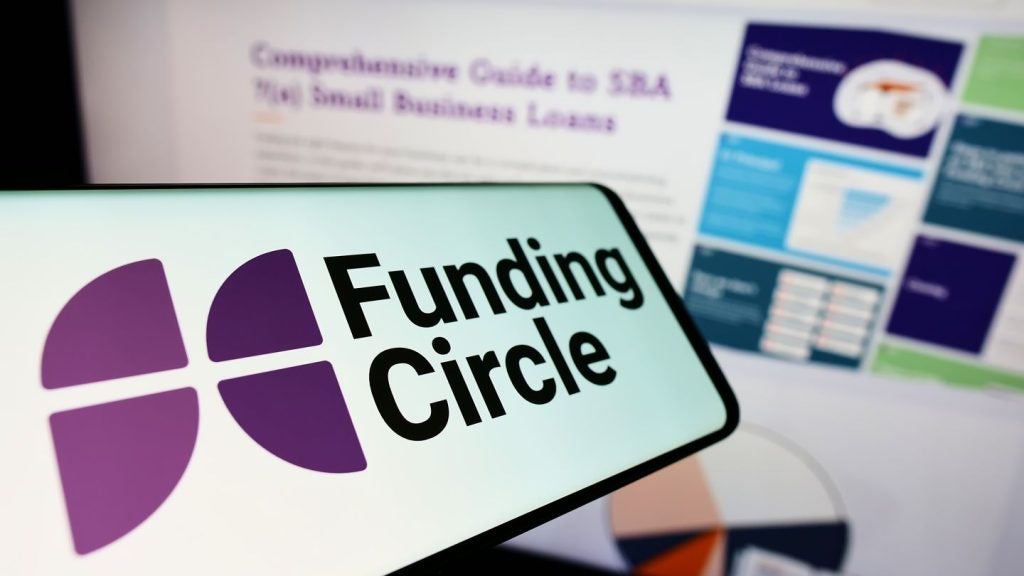Secure Trust Bank wrote £111.5m of leasing business over the last 6 months, according to its half year results, slightly down for the same period this time last year (£112.3m).
Of this, £19.5m was new business; for the same period last year the bank wrote £58.3m.
The bank made an underlying profit before tax if £14.5m, which was down 10% from 2016 (£16.5m).
The bank said it had continued the reshaping of its business model, with the growth of lower risk real estate finance lending, cessation of non-prime unsecured personal lending and subprime motor finance, and the launch of STB Mortages all accounting for the lower profit margin.
“These results reflect this strategic repositioning with the run off books and investment in new business lines acting as a drag on earnings. The benefits of this strategy are expected to be more visible in 2018 and beyond. The balance sheet has continued to grow, with lower risk assets replacing the legacy books that are being run off.”
Paul Lynam, chief executive, said that the first half of 2017 had seen the bank considerably reduce its consumer risk strategy before Bank of England warnings about the lending sector.
How well do you really know your competitors?
Access the most comprehensive Company Profiles on the market, powered by GlobalData. Save hours of research. Gain competitive edge.

Thank you!
Your download email will arrive shortly
Not ready to buy yet? Download a free sample
We are confident about the unique quality of our Company Profiles. However, we want you to make the most beneficial decision for your business, so we offer a free sample that you can download by submitting the below form
By GlobalDataIn a longer statement, chairman Michael Forsyth explained that the lack of growth in volumes year-on-year was owing to the reduced risk appetite in asset finance and that the bank no longer offered loans up to 100% of the open market value of the underlying asset.
“The rationale is that in an economic downturn, business insolvencies rise, which drives an increase in asset repossessions. This increase in assets for sale, coinciding with reduced demand, invariably leads to a fall in value. For some assets these valuation adjustments can be quite marked. Whilst I do not necessarily foresee a big increase in business insolvencies, the reality is that the economy is slowing and the outlook is increasingly uncertain,” said Forsyth.
“Nevertheless some lenders are still offering loans up to or exceeding 100% of open market value on asset finance at extremely low margins, by historical standards. Our cautious stance means we are not seen as being as competitive as the more aggressive lenders in the asset finance market and as a result are writing materially less new business than previously expected.
“We are not prepared to compromise on risk or price simply to achieve short term net balance sheet growth, and as matters stand expect this part of the lending portfolio to contract during the rest of 2017 and into 2018, as existing loans, of an acceptable risk profile, continue to get repaid. It is possible that the competitive dynamics in the lending markets could change once the Funding for Lending and Term Funding Schemes close in early 2018 and the supply of heavily discounted funding ends. We will monitor developments closely and adjust our stance should risk: reward dynamics change.”







